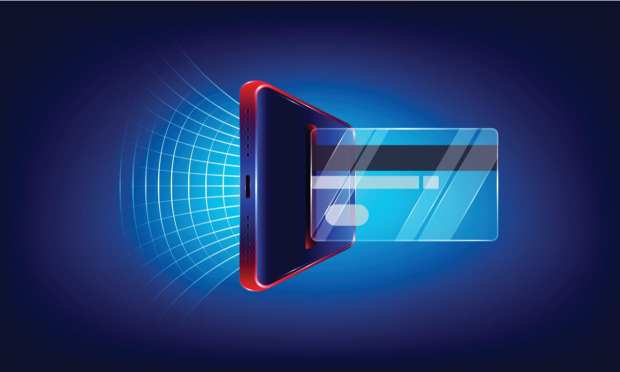Digital Issuance Presents Card Upgrade Opportunity For Banks And CUs

High-touch experiences are less than desirable in most any area of commerce in the pandemic era. In fact, PYMNTS research shows more than three-quarters of United States consumers are now aware of contactless payments, representing a 25 percent year-over-year increase. Of the consumers who are now willing to use them, 83 percent say they would pay with them at grocery stores, for example, while 81 percent say they would use them at drugstores.
This begs the issue of the future of plastic credit cards. The cards among products offered by financial institutions are unique, Ondot Systems Head of Product Management Prasanna Narayan told PYMNTS in a recent conversation, because of that high-touch relationship. The big goal, he said, is to meet the needs of the digital consumer, making it incumbent on banks and credit unions — and the FinTechs like Ondot that serve them — to find ways to make that transition along with them.
The question they have to ask themselves in terms of attracting and retaining customers, he said, is how they are going to digitally upgrade those high-touch consumer card experiences to make them better. “Digital card issuance,” Narayan said, “is relevant beyond just adding cards to mobile wallets.”
Going Deep On Digital Issuance
Digital card issuance, Narayan said, is a potential solution because it is relevant in many different contexts when customers are interacting with their financial institutions. Digital Issuance is not just related to use of the card in a mobile wallet.
“It’s true that mobile wallet spend is still a slice, but that slice has actually gotten bigger — particularly in the last year — due to obvious reasons. The payments modality has now shifted to eCommerce, in-app commerce and contactless commerce,” Narayan said.
Mobile contactless, he said, is still overcoming the issues of “antiquated infrastructure” that leaves some merchants unable to accept NFC payments, though that problem has been significantly reduced by the emergence and adoption of many mobile POS systems from players such as Clover, Spot On, and Square, making mobile acceptance an option for small and medium-sized businesses (SMBs). Digital issuance, he said, provides financial institutions an option to provide immediacy and uninterrupted relationships with the card for the consumer when they manage and make purchases. That doesn’t mean mobile will displace physical cards overnight, he said. Even digital-only banking players still issue physical cards.
But the acceptance ecosystem is changing, Narayan pointed out, and there are new digital payment channels emerging. Between P2P payments, gig economy payments and the emergence of QR codes, the digital commerce share is assuredly growing, and the relevance of digital issuing is only going to be more keenly felt.
“As there are more and more digital payment options that keep emerging, I believe plastic will eventually morph into an embedded form of payment,” he said.
Beyond Digital Issuance
Digital issuance is critical because it directly ties the card product and services to the emerging digital ecosystem. But financial institutions who are building their own digital strategy are thinking about more than just digital cards. There are a lot of touch points with consumers, though not all are quite as frequent, and each of them need to be optimized for efficiency and experience. These services, he said, include managing transactions, checking balances, making payments, managing disputes, watching over fraud, conducting commerce, avoiding payment disruptions, reporting a lost or stolen card and adding a spouse or dependent to a card.
“There are plenty, depending on the needs coming from customers,” he said. “The goal is to ensure they (the financial institutions) have what a cardholder needs, even as those needs keep increasing. Creating a digital experience that understands and addresses that need is key for issuers to continue to be top-of-mind.”
And staying top-of-mind is a challenge in the current environment, particularly as a growing number of Big Techs are increasingly encroaching into banking territory — and come with an offering of doing it better. FinTech partnerships, he said, are how banks are aiming to stay ahead of the competition and are ready to shift to “solving problems that have never been solved before.”
It is a space, he said, that is going to continue to become more digital as commerce itself continues to digitize, and that digitization is already bringing out a whole new generation of competitors trying to do it better, safer, smoother and more reliably for consumers.
“If you ask who is winning here, I think in the end it is going to be the consumer who is driving these experiences who is going to be the one who wins,” Narayan said.
